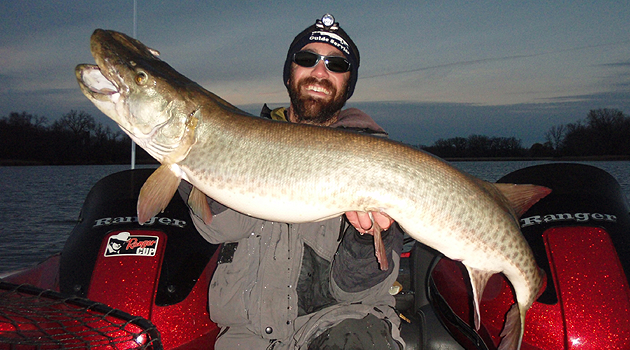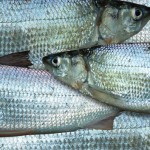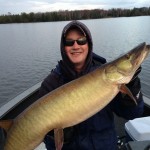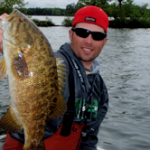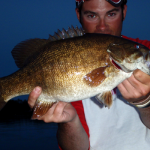By Adam M. Glickman
Often, I have wondered just how forage specific muskies actually get. Muskies, like any predator, are certainly opportunistic, but it would be foolish for the angler looking to maximize results not to attempt to tune in to specific forage tendencies that arise throughout the year.
Trout fishermen have successfully used this notion for decades if not centuries, “matching the hatch” and what not. Certainly any musky angler who has been in the sport for a while has noticed occasions where one angler using one lure has got all the action when one or two other anglers in the same boat come up with squat until they switch to the same or at least a similar lure. Are these instances about “matching the hatch” or are they just the occurrence of a certain lure’s characteristics matching up with the muskies’ mood of a particular day. I can’t say for sure. Most times in musky fishing there are too many variables and too little success to come to any real conclusions. Solid theories and best educated guesses are about as good as it gets in my opinion. What follows in this article will be things that I have observed in my fishing, various food chain observations, but mostly muskies relating to certain forage and presentational choices that I am pretty sure have made a difference.
Frogs
In years long past, I used to throw a lot of rubber frogs for various species (often I wonder why I don’t so much anymore). During that period in my fishing history, I noticed at certain times during the year muskies would absolutely be tearing after my frogs and at other times they wouldn’t even give them a look. Years later and a little frog migration knowledge wiser, I realize that leopard and other large frogs hibernate off shore in the soft bottoms of lakes in about 10’ of water. In spring when temperatures in shoreline bog and marsh areas are conducive, droves of frogs move through shallow gamefish “strike zones”. In early fall just before these areas become too cold again, they migrate back through the same areas again to their wintering areas. It was at these times that the muskies (and greater concentrations of everything else) were destroying my hollow rubber offerings. The answer to why is obviously simple. All the gamefish, muskies included, are in tune to specific smorgasbords of nutritious tasty animals. In this case my presentation was a dead on match worked directly through the killing fields of a veritable frenzy. All predatory fish, from muskies down to minnows, have an uncanny ability to show up at the right times, work an opportunity until it is done, and move on to the next thing quickly and seamlessly. The survival process of an animal in the wild is an amazing thing.
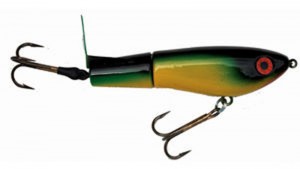
Fire Tiger
Over the past several years I have been extensively targeting river muskies during spring when muskies concentrate heavily below dams and other natural migratory obstructions. Fishing for numerous muskies concentrated in a small area has allowed me to experiment some to see if color really makes a difference. Of course, I have not been able to fix all of the variables, but I have learned a lot. In years past, even though I did have my favorite colors, I took the stance that lure color made little if any difference. However, fishing concentrated muskies has changed my mind. Crappie fisherman, for instance, can often quickly tell if one color of the same type of jig is taking more strikes than another simply because they are often targeting such a high volume of fish. When targeting concentrations of spawn and prespawn muskies, I have noticed that they really respond well to a fire tiger pattern. It is possible that they are aggressive at this time and that all the bright colors within a fire tiger pattern trigger aggression strikes better than other patterns. I can’t be certain, but what I can be sure of is that on more than one occasion I have caught a dozen muskies or so on a fire tiger Manta Hang 10 in a few hours. In between strikes, I switched to different patterns in the Hang Ten and couldn’t take a sniff. Colors I switched to included those that I catch more muskies on overall such as the atomic carp. These experiences were as uncanny as they were eye opening and educational. Needless to say, I now realize that color can make a huge difference. I don’t think most cases are quite as extreme, but I always heavily consider the color of the lure I am throwing. I have also not gone out and bought every color pattern in every model of lure I like. I still only bring 6-30 lures with me on any given outing, but I certainly give color more consideration than I used to when selecting which lures I bring.
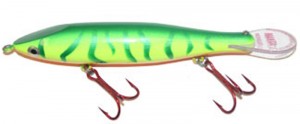
Bluegills
I don’t get out fishing with my dad as much as I used to or would like to. Typically when we get out these days we try to catch a meal of panfish, walleye, or catfish. Back in my early 20’s though, I couldn’t wrap my brain around fishing for anything but muskies. So when my dad and I fished together he would soak bait for whatever was biting while I threw for muskies. On one such outing, we were fishing a clear water chain of lakes in northern WI. It was late summer and we were targeting weeds in 20-25’. Dad was catching a lot of bluegills and some of the deeply hooked smaller fish were not making it back to the depths on the release. There was getting to be quite a few struggling on the surface. Some would dive down a bit on occasion and float back up. I was looking for follows behind my lure when I noticed a nice musky about 8’ down eyeballing the slick of doomed bluegills. I did a deep figure 8 as close to the fish as I could get and promptly spooked it back to the depths. I quickly made the best live bait rig I could, grabbed a big lightly hooked bluegill from my dad, rigged it up, and lowered it till it was out of sight and just above the deep weeds. It took a minute for the bluegill to get eaten, and I caught a 44” musky. An hour later doing the same I caught another 40”. The next spring on the same water, I learned that I could pull a few brightly colored males off of their nests and use them to catch muskies lurking shallow weed edges just outside of large spawning colonies. I found that the presentation worked best when the sunfish were the most tightly concentrated such as the spawn or during late summer when they suspended over deep sand grass in tight schools. Some days artificial lures would takes strikes when worked in conjunction, but often all was ignored except the rigged panfish. Blugills were not the only game in town for the muskies; as yellow perch, walleye, small pike, and white suckers were abundant. It just seemed that at times the sheer numbers and concentration of the bluegills was too much to pass up.
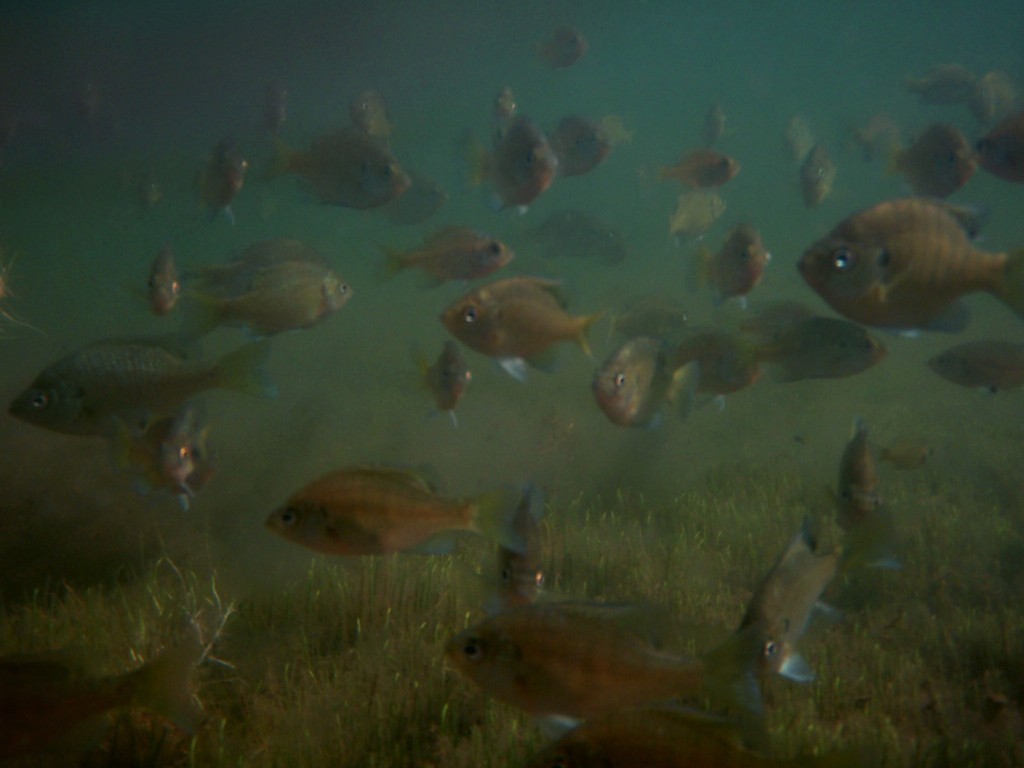
Ciscoes
Concentrations of forge really seem to be a reoccurring theme, frogs and bluegills are two examples already mentioned, ciscoes are another. When ciscoes spawn just before freeze up on clean sand and gravel breaklines of main lake points, reefs, and islands; just about every musky in the lake relates to a dense school of these nutritious pelagic fish. Muskies push them into the sides of steep breaklines in order to snap them up more effectively and presentations fished close to these natural barriers often get snapped up as well sooner or later. Matching the hatch can work, but something that stands out amongst the frenzy also has its merits. A big white sucker rigged and hung in the zone often gets pounded. In this case, it seems like being in the right predation zone trumps closely matching the fish that drew the muskies in in the first place.
Gizzard Shad
Another highly nutritious pelagic fish that muskies love are gizzard shad. The gizzard shad only exists in a few waters in WI and MN, but it is often a primary forage in the reservoirs of IA, IL, and IN. Large adult gizzard shad (10-13” long) spawn when the water is 65 F, which usually occurs sometime during May in these states. The shad can often be seen splashing around in rocks and gravel on mainlake points, islands, and jetties. Often, they are in so shallow that their sides are literally touching the shore. When this aggressive spawning activity is found, muskies are seldom far behind, and excellent action can be experienced. A key trigger for presenting lures in this scenario is getting the lure as close to shore as possible so it best mimics the frantic nature of the spawning forage.
Live Bait and Pressured Muskies
I moved to a small community west of Minneapolis in 2006. The local metro area musky waters are excellent resources. They are full of fast growing muskies and the catch and release ethic is very strong so muskies get very big. They are also heavily pressured though, and most big fish have been caught at least once or twice and are very tough to trigger a strike from. Often, during fall it comes down to the scenario that artificial lures of any type are often very low percentage, while carefully presenting large live white suckers can be gangbusters. Working these natural presentations often 20-40 yards from the boats is enough to overcome the weariness of these beasts when literally nothing else is working. It’s very specific, but it works and some muskies just don’t seem to get wise to it. My dad and I each caught the same fish doing this. He caught her in 2011 when she was 51 ¼”. I caught her in 2012 at 51 ¾”. Heavy jaw scarring gave her identity away. We did not cause this scarring. She had been caught at least once or twice before my dad caught her, and had been sadly mishandled. We caught her in November each time from the same general area.
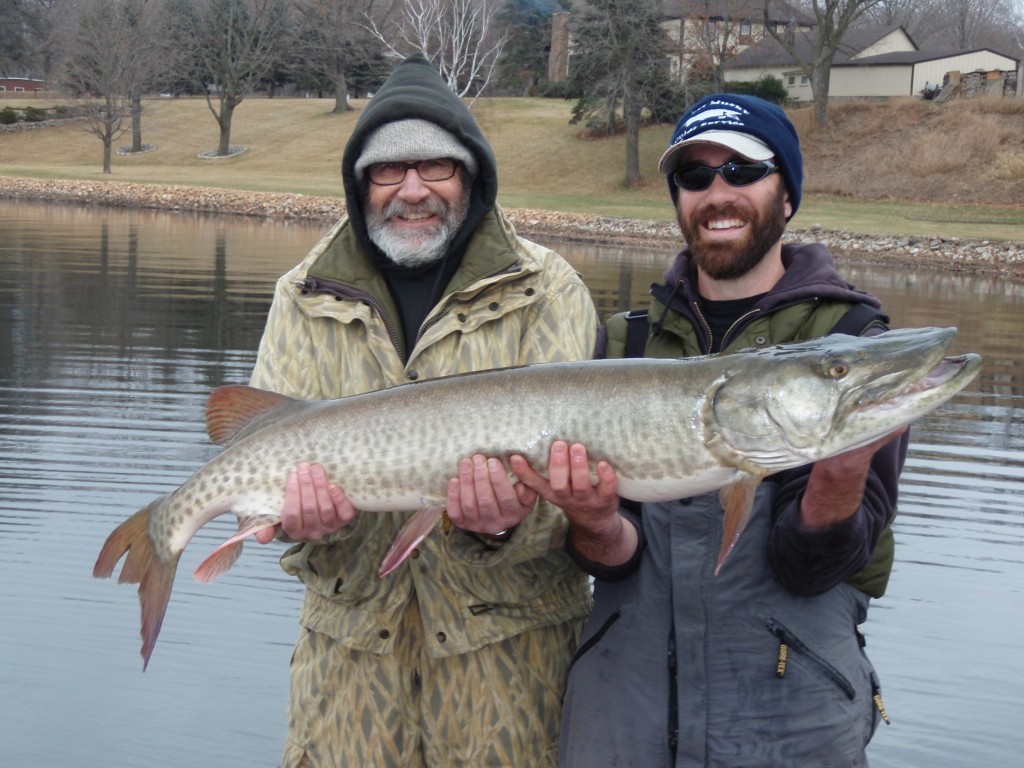
Experience in the Field
The process of understanding forage and lure preferences of muskies is a continual process. Practice will never make perfect, but improvement will constantly occur with experience. Paying close attention to everything that can be observed within the aquatic environment and especially the way muskies respond to lures and other fish is about all one can do. Time on the water is the only way to improve.
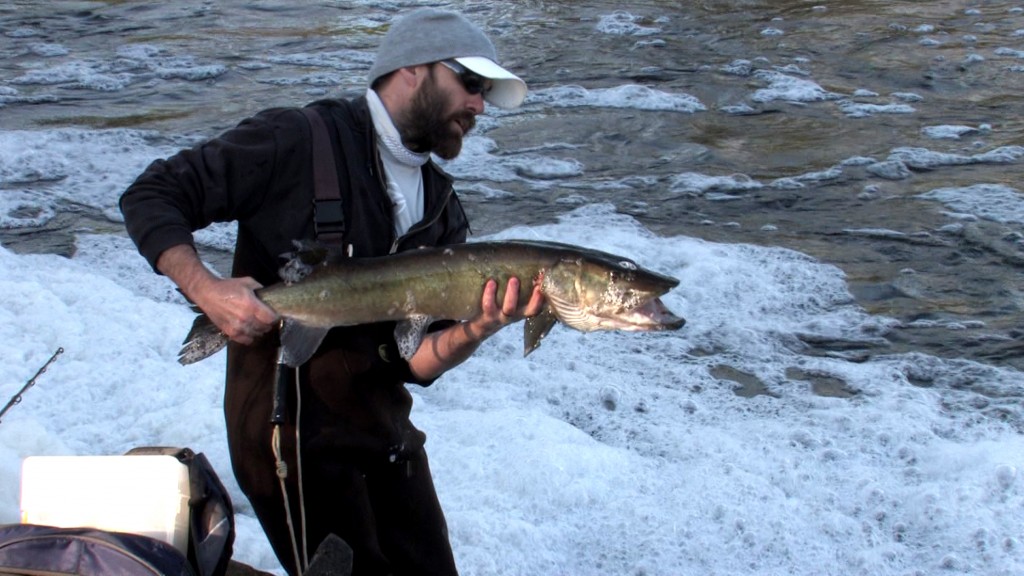
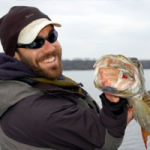 Adam M. Glickman
Adam M. Glickman
Adam Glickman, 33, originally from Ashland Wisconsin but now of the Minnesota Metro area, is field editor with Muskie Magazine, and a frequent contributor to Fishing-Headquarters and the online magazine. In 2014, Glickman began producing his new fishing program: Honest Musky Television is a unique, educational and entertaining fishing show. Our techniques are diverse, versatile, and often cost effective. We always get the strike and hookset on film, and in true honest musky fashion we use no fake hook sets or editing tricks. Glickman and his team films on a vast variety of aquatic environments from the smallest streams to the largest lakes, and done exclusively on public water, mostly in the Upper Midwest at affordable and realistic destinations.


